Marketing for nonprofits just like businesses do. Good marketing helps charities find donors, engage volunteers, and spread their mission. Digital marketing makes this easier and cheaper. For example, online tools can reach people worldwide. Digital marketing means using websites, social media, email, and online ads to tell people about your cause. It lets small nonprofits find donors who care, even far away. One guide explains that with digital marketing, “you can reach more donors” and it is more cost‑effective than physical mail.
Nonprofits often have tight budgets, so smart marketing is crucial. Using multiple channels (online and offline) is best. For instance, many charities use social media to reach young supporters, and direct mail or events to reach older ones. Only about 30% of marketers feel confident running a multichannel campaign. If a nonprofit does it right, it can beat 70% of peers.

Understanding Nonprofit Marketing
Nonprofit marketing is the process of promoting your organization’s cause to attract donors, volunteers, and supporters. It’s different from business marketing because you’re not selling a product, you’re sharing a story and a mission. The goal is to connect with people who care about your cause and motivate them to take action, like donating or volunteering.
Key Objectives of Nonprofit Marketing
Raising Awareness: People need to know about your cause before they can support it. Marketing helps spread the word.
Attracting Supporters: This includes donors who give money, volunteers who give time, and advocates who share your message.
Building a Strong Brand: A clear brand makes your organization recognizable and trustworthy. For example, everyone knows the Red Cross logo and what it stands for.
Marketing for Nonprofits: Strategies for Churches, Temples, Healthcare, and Environmental NGOs
Nonprofits can use many strategies to reach their goals. Here are some of the most effective ones, with examples to show how they work.
Storytelling: The Power of Narratives
Stories are a powerful way to connect with people. When you share real stories about the people your nonprofit helps, it makes your cause feel personal and urgent.
Example: The ALS Association’s Ice Bucket Challenge in 2014 told stories of people living with ALS. Participants shared videos of themselves pouring ice water over their heads, raising over $115 million and spreading awareness worldwide.
Tip: Share stories through blog posts, videos, or social media. For example, a short video about a child who received school supplies from your nonprofit can inspire donations.
Digital Marketing for Nonprofits
Digital marketing is a game-changer for nonprofits because it’s affordable and reaches people all over the world. It includes social media, email, websites, and more.
Social Media Marketing for Non Profits Organizations
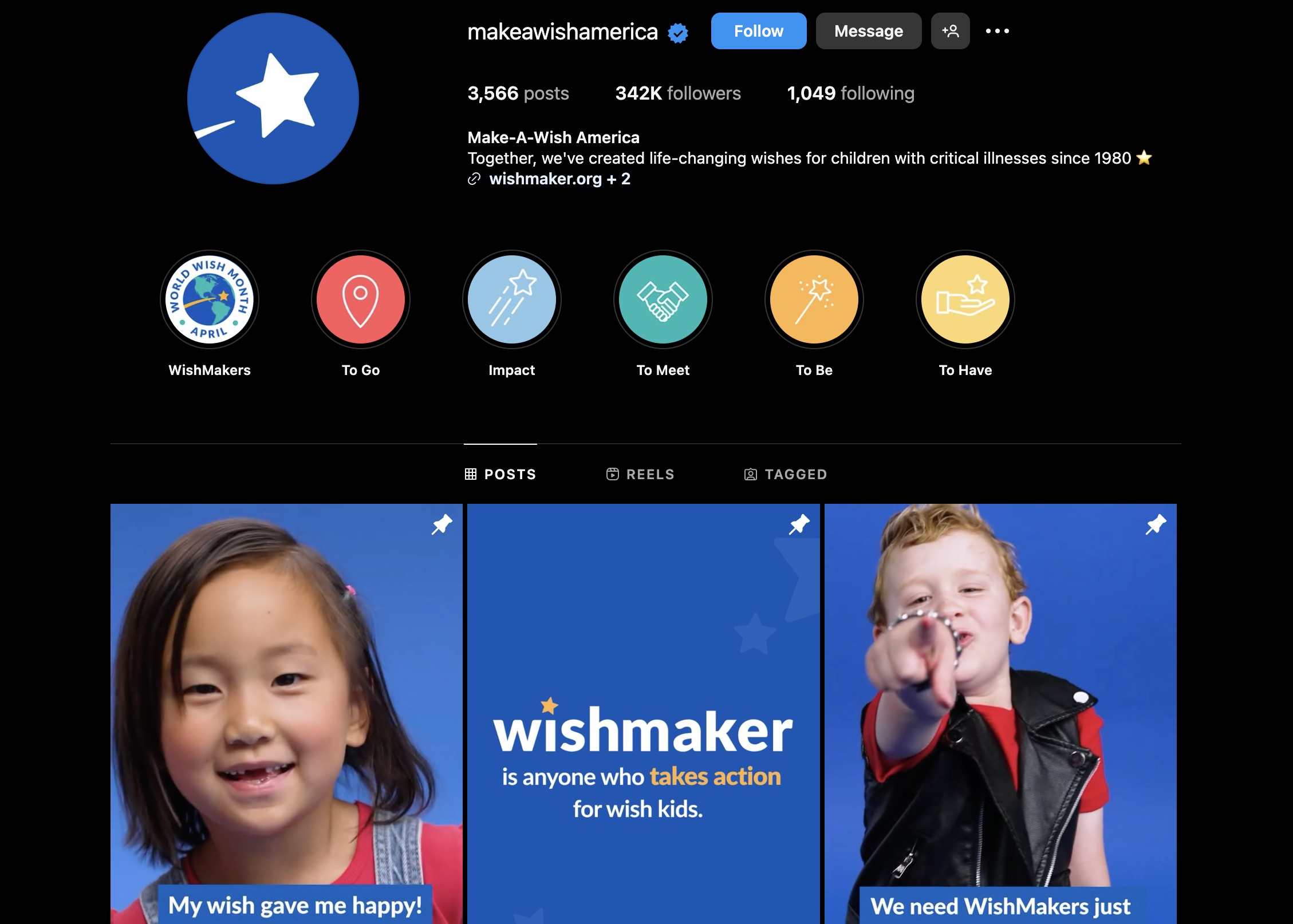
Social media platforms like Facebook, Instagram, and LinkedIn are great for sharing updates and engaging with supporters.
Best Practices:
- Post regularly (3-5 times a week) to stay visible.
- Use hashtags like #Nonprofit or #Charity to reach more people.
- Respond to comments and messages to build relationships.
- Share user-generated content, like photos from supporters.
Example: Make-A-Wish Foundation’s #ArmWrestleChallenge asked people to film themselves arm wrestling, with the winner donating and the loser doubling the donation. It was fun and raised significant funds.
Email Marketing for NGOs
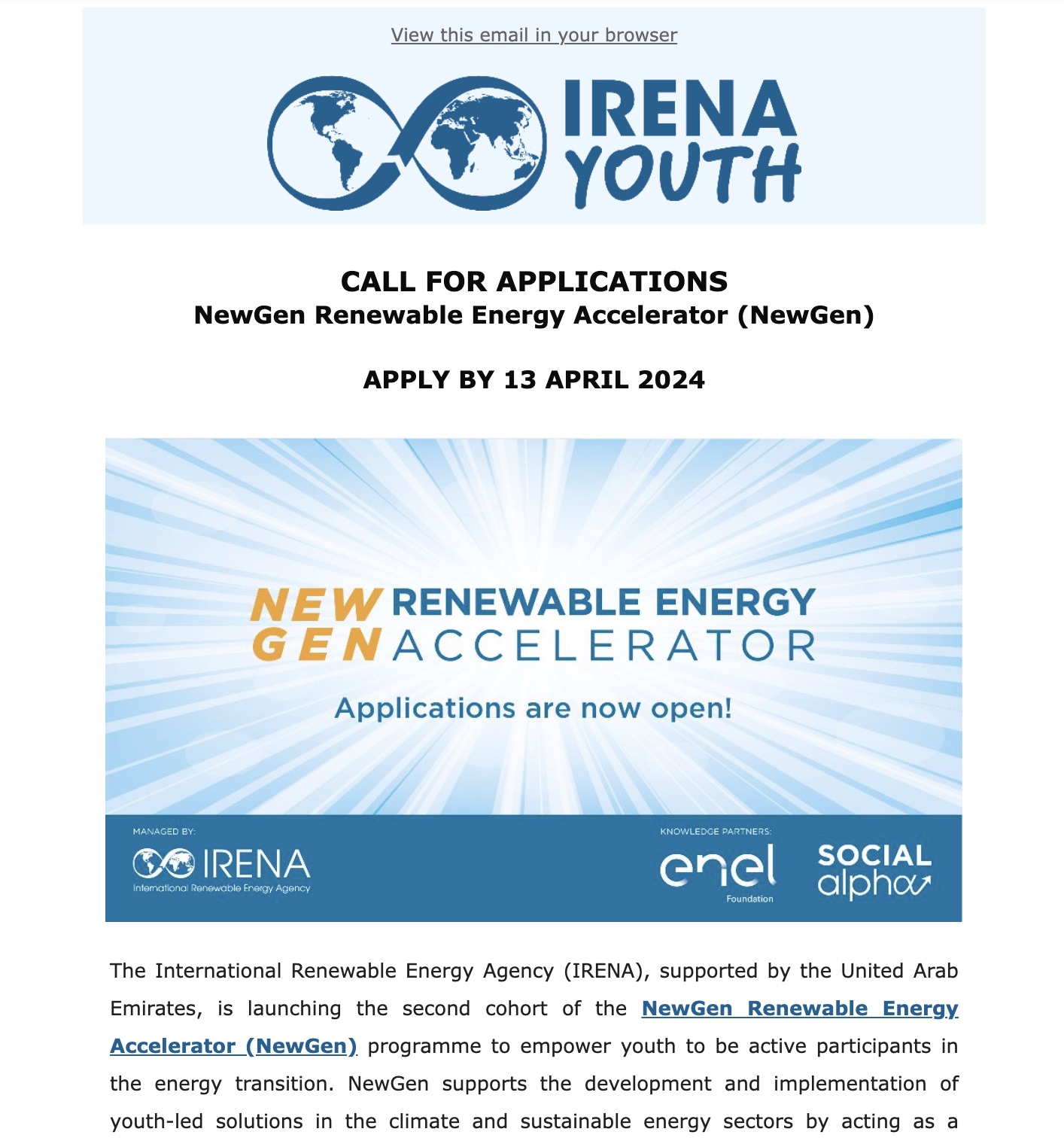
Email is a personal way to connect with supporters. You can send newsletters, updates, or fundraising appeals.
Best Practices:
- Segment your email list (e.g., donors vs. volunteers) for targeted messages.
- Use personalized subject lines, like “help us make a difference!”
- Include clear calls-to-action, like “Donate Now” or “Sign Up to Volunteer.”
Example: The American Red Cross sends emails about disaster relief efforts, keeping supporters informed and encouraging donations .
Content Marketing for Non Profits
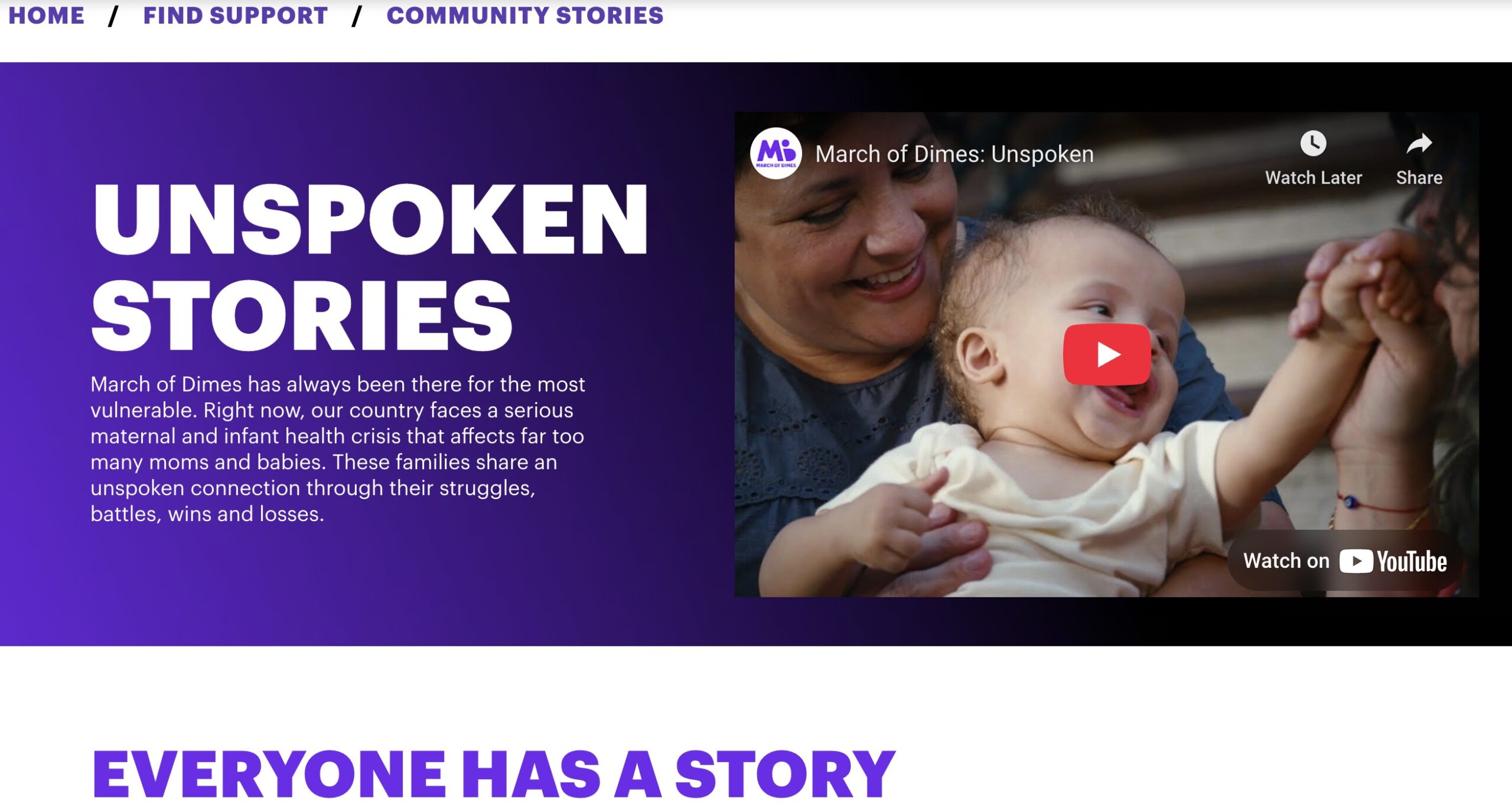
Content marketing means creating valuable content like blog posts, videos, or infographics to educate and engage your audience.
Best Practices:
- Write blogs about topics related to your cause, like “5 Ways to Support Clean Water Initiatives.”
- Create videos showing your work, like a tour of a community center you built.
- Use infographics to explain complex issues, like how donations are spent.
Example: The March of Dimes shares stories of families affected by premature births, building trust and inspiring support.
Search Engine Optimization (SEO)
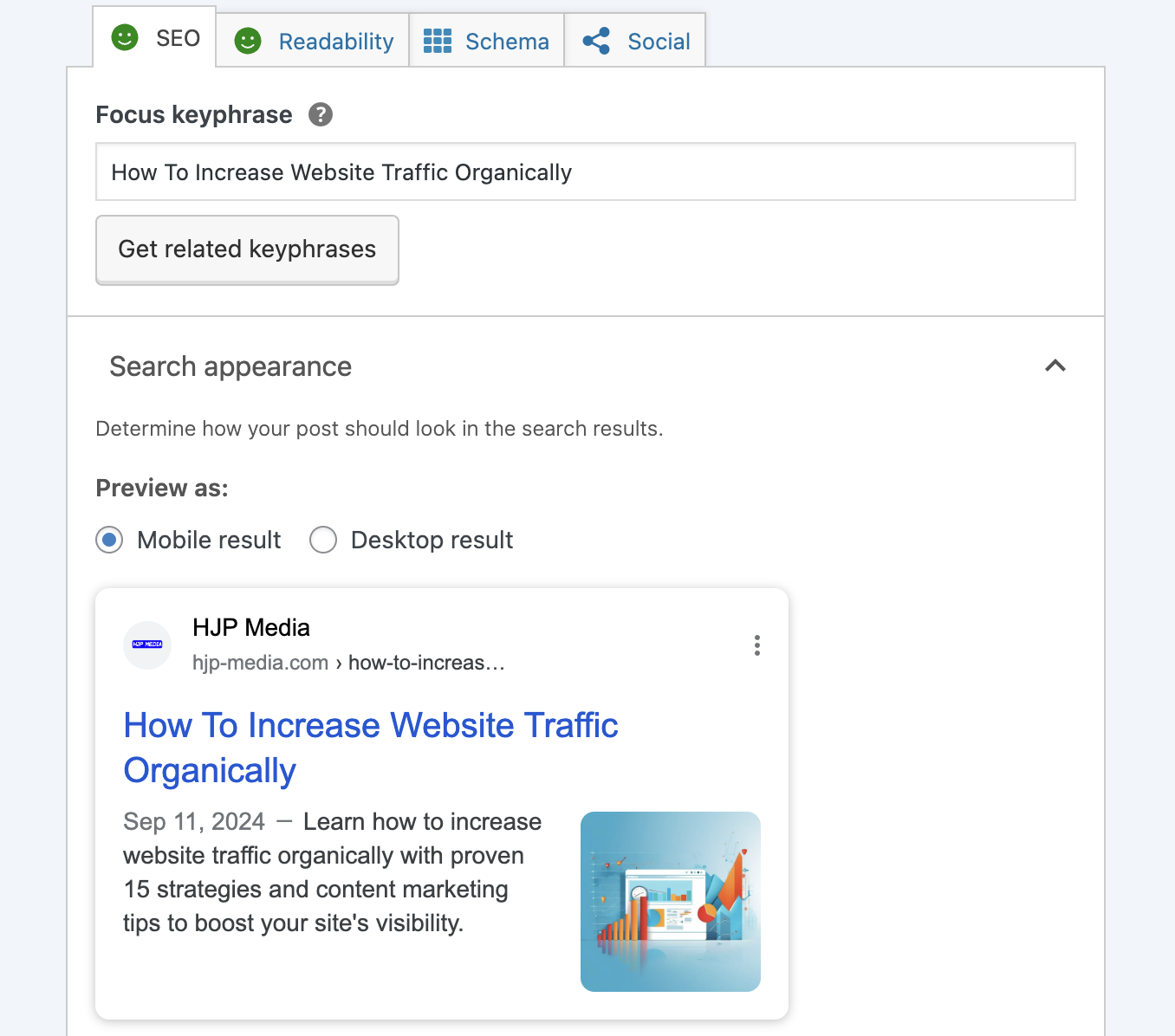
SEO helps your website show up higher in Google searches, making it easier for people to find you.
Best Practices:
- Use keywords like “marketing for nonprofits organizations” and “digital marketing for nonprofits” in your content.
- Write clear titles and meta descriptions for each page.
- Make sure your website is mobile-friendly and loads quickly.
Example: Charity: Water’s website is optimized for SEO, ranking high for searches like “clean water charities” (HubSpot).
Paid Advertising for NGOs
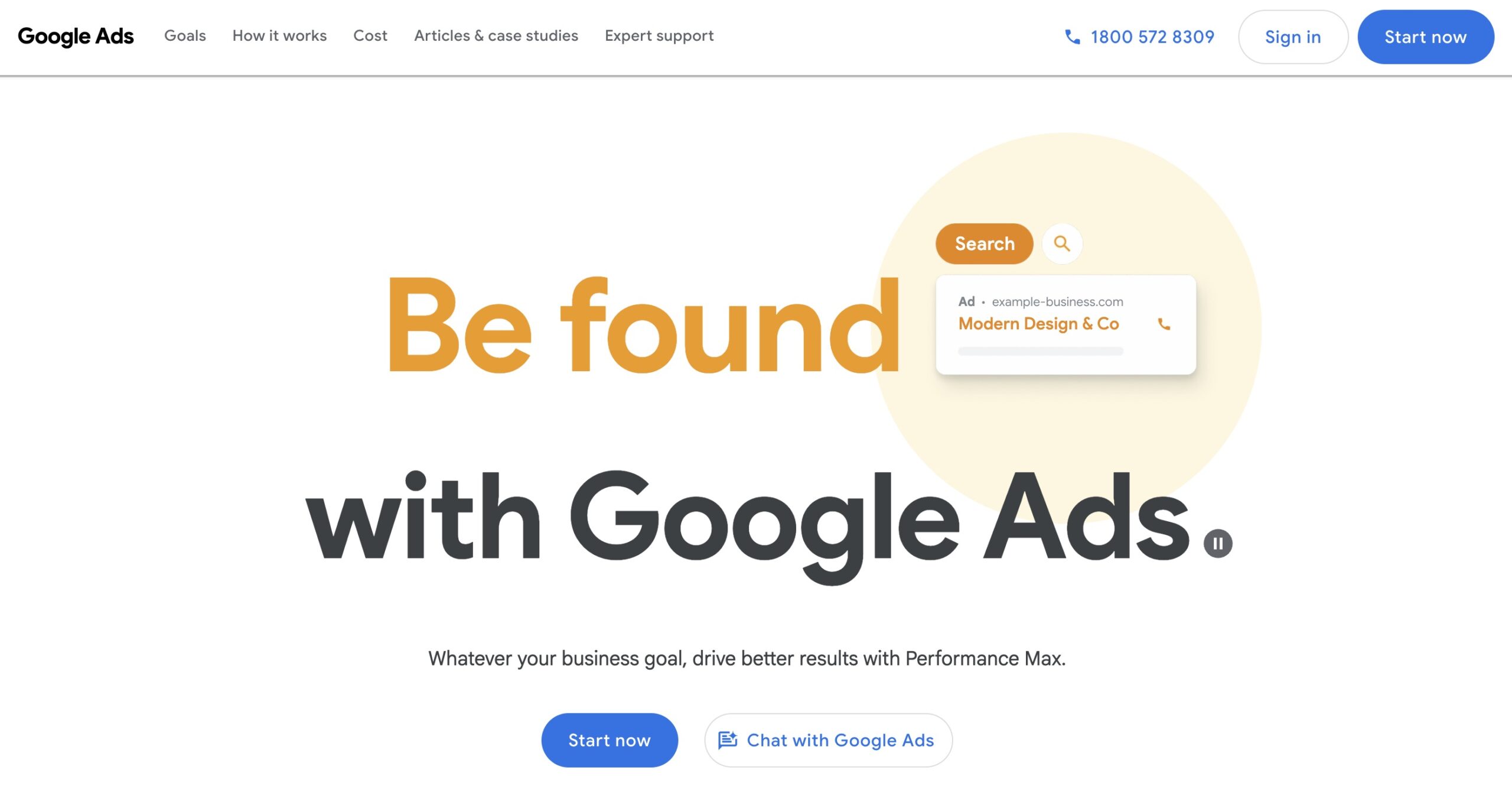
Paid ads on Google or social media can target specific audiences, like people interested in environmental causes.
Best Practices:
- Use Google Ads to appear at the top of search results.
- Run Facebook ads to promote events or campaigns.
- Set a small budget and test different ads to see what works.
Example: Nonprofits using Google Ads see a high return on investment, earning $40 for every $1 spent on email marketing.
Successful Nonprofit Marketing Campaigns
Looking at successful campaigns can give you ideas for your own. Here are some examples that made a big impact.
ALS Ice Bucket Challenge (2014)
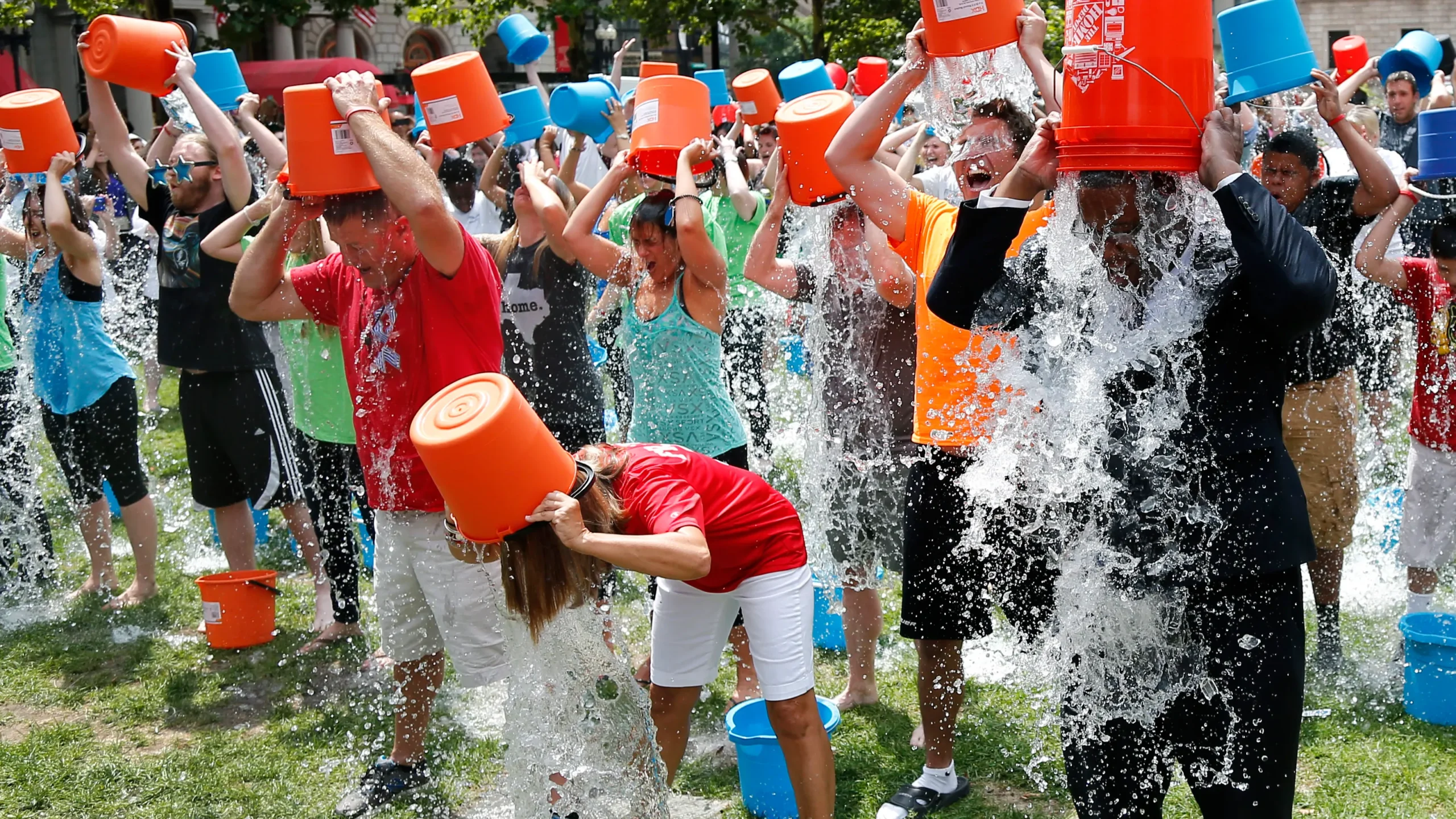
What Happened: People poured ice water over their heads and challenged others to do the same or donate to the ALS Association.
Impact: Raised $115 million and increased awareness of ALS globally.
Why It Worked: It was simple, fun, and shareable on social media, with a clear call-to-action.
UNICEF Sweden’s “Likes Don’t Save Lives” (2013)
What Happened: Ads showed children holding signs like “I need 100,000 likes to survive,” highlighting that donations, not likes, make a difference.
Impact: Raised enough funds to vaccinate over 600,000 children against polio.
Why It Worked: It used emotional visuals and challenged people to take real action.
Make-A-Wish #ArmWrestleChallenge

What Happened: Participants filmed arm wrestling matches, with the winner donating to Make-A-Wish and the loser doubling the donation.
Impact: Increased engagement and donations through a fun format.
Why It Worked: It was easy to participate in and encouraged friendly competition.
Breast Cancer Now, CoppaFeel, and Asda: The Real Self Checkout
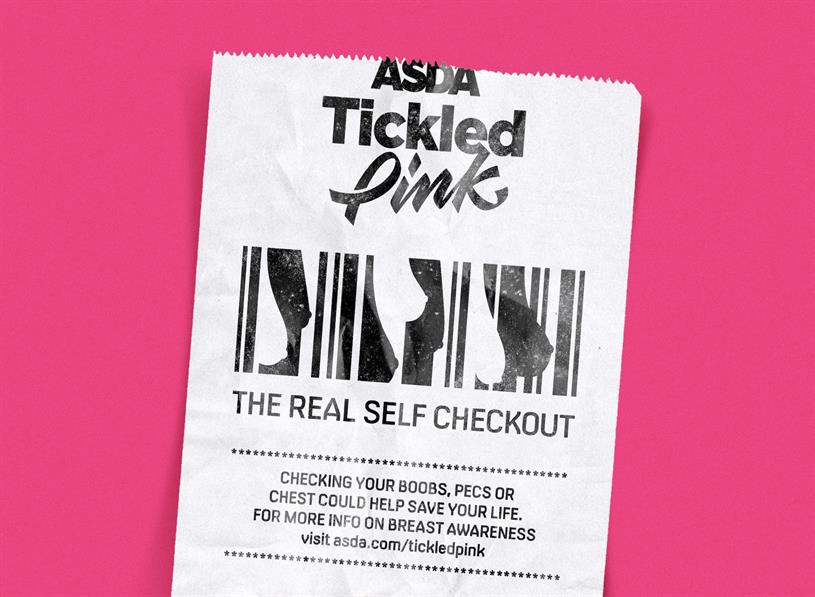
What Happened: Asda stores used technology to let customers scan their breasts at self-checkout machines, raising awareness about breast cancer checks.
Impact: Reached millions and encouraged regular self-exams.
Why It Worked: It used innovative technology to make a serious topic accessible.
Lessons from Successful Campaigns
Be Creative: Unique ideas grab attention.
Use Social Media: Viral campaigns spread quickly online.
Show Impact: Make it clear how actions help your cause.
Engage Emotionally: Stories and visuals that tug at heartstrings inspire action.
Marketing for Churches and Religious Organizations
Churches and faith groups are a key type of nonprofit. They often rely on community goodwill and outreach. Marketing for churches today blends traditional community events with online tools. Many churches stream services, post sermons or worship music on YouTube, and use Facebook to announce events or volunteer opportunities. Social media helps churches spread inspirational messages and build fellowship. For example, Facebook Live is widely used: one church aired its Sunday service live online, so people who were sick or far away could still attend virtually.
Clear, welcoming communication is important for churches. A church might send out a weekly email newsletter or share testimonials on Instagram. User-generated content (like members’ stories or photos) works well. As one social media guide notes, churches that share behind-the-scenes stories and daily posts can grow quickly. In a recent case, a ministry used Instagram Stories and podcasts to engage people, resulting in 40% follower growth in six months. Another church launched a podcast and revamped its website to tie into social media, boosting online engagement by 30%.
Many religious nonprofits use community events for awareness and fundraising. Examples include charity meals, youth group projects, and charity concerts. When possible, share these events online too. For instance, posting photos of a food drive or a church choir performance on social media can inspire more donations. Even simple posts with inspiring quotes, Bible verses, or volunteer spotlights help keep congregations connected. Over half of churchgoers say social media posts influenced their decision to support a cause, showing the power of sharing faith-based content online.
Online Marketing for Indian Temples and Religious Organizations
Indian temples are another important nonprofit sector, serving spiritual and community needs. In recent years, many temples have gone online to reach worshippers around the world. For example, Indian startup Sri Mandir created a mobile app that lets Hindus from anywhere participate in temple rituals via live video and donate directly to 50+ temples. This app lets families abroad send flowers or prayers to their favorite temple with ease. One user said it helped her family do last-minute pujas from the US.
Similarly, platforms like ePuja provide online poojas and temple services. To promote ePuja, a digital agency used SEO and social media marketing on keywords about temple rituals. The campaign built trust by creating content about thousands of temples. As a result, the ePuja website saw huge traffic from search ads and lead generation on social media. In other words, clear SEO, targeted ads, and religious content can attract both local devotees and Non-Resident Indians (NRIs).
Temples often rely on devotees’ donations for upkeep. Marketing efforts for temples focus on community and tradition. Sharing photos from festivals, temple ceremonies, or charity events on Facebook and WhatsApp helps keep devotees engaged. Many temples maintain websites or mobile apps for live darshan (viewing the deity) and online donation links. In India and abroad, promoting these digital channels can greatly increase support. For instance, during big festivals like Kumbh Mela or temple consecrations, brands and temples often use social media and even Google Ads to reach pilgrims and donors.
Key tips for temples:
- Make a multilingual online presence (English and local languages).
- Use WhatsApp groups for updates to local and global devotees.
- Encourage sharing of temple photos and videos on Instagram or YouTube.
- Create newsletters or SMS alerts for festival dates and donation campaigns.
Temples have rich visual and cultural content, so marketing should highlight that.
Healthcare NGO Marketing Strategies
Healthcare NGOs include hospitals, clinics, patient-assistance charities, and health awareness organizations. Marketing in this sector often focuses on impact stories, education, and urgent appeals. These organizations use marketing to inform the public about issues (like disease prevention) and to raise funds for treatments or research.
Digital channels are very effective here. For example, Doctors Without Borders (Médecins Sans Frontières) needed to speed up its emergency appeals. They worked with a digital agency to coordinate messages across email, social, web, and ads. The results were dramatic: in under a week, after a major disaster in 2023, MSF-USA raised over $11 million, about 9 times what they raised in a similar 2020 crisis. They also saw website traffic surge (up 382% from media coverage) and their online ads earned very high returns. This shows that quick, cohesive digital campaigns can greatly increase donations in health emergencies.
Other healthcare nonprofits use storytelling and visuals. A children’s hospital might post patient stories (with permission) on social media, showing how donations help real kids. Visual charts or infographics about health statistics can raise awareness (e.g. “1 in 8 women will be diagnosed with breast cancer in her lifetime”). Short video diaries from patients or doctors can be shared via YouTube or Facebook to create empathy. Email newsletters with photos and thank-you notes help keep donors informed and involved.
Healthcare NGOs also partner with communities. Events like charity walks, blood drives, or health camps double as marketing: they raise funds and also spread word-of-mouth. Promoting these events online (with registration on Eventbrite or Facebook Events) brings more participants. Collaboration with influencers (like a popular doctor on Instagram) or with corporations (for matching donations) can boost visibility.
Where possible, use data to target marketing. For instance, social media ads for a cancer charity might focus on users interested in health or certain age groups. Paid search ads (via Google Grants) on keywords like “support children’s cancer” can direct people to donation pages. Overall, the key is clear, compassionate messaging: show the human impact of health work.
Environmental NGO Marketing Strategies
Environmental NGOs (like wildlife conservation groups, climate action organizations, or local clean-up charities) market around nature, sustainability, and activism. These groups often inspire people to take action or donate by highlighting the beauty of nature or the risks of climate change.
Visual content is especially powerful here. A striking photo of a panda, coral reef, or forest can catch attention. Short videos of wildlife or cleanups also perform well. Environmental NGOs run campaigns tied to special days: Earth Day, World Oceans Day, or climate marches. For example, WWF’s Earth Hour has become a global event: many cities and landmarks turn off lights to raise awareness about climate change. One report noted Earth Hour engaged 10 million people in the Philippines alone in 2009 (though this figure is from news reports).
Social media hashtags help too. Campaigns like #ActNow or #TreePlanting allow supporters worldwide to share their photos of personal actions (like planting a tree) and tag the NGO. Greenpeace and other activist groups create eye-catching posts and even stunts (like displaying banners) that go viral online. A viral campaign could be a petition or a challenge to politicians shared on Twitter.
Recently, WWF used a data-driven storytelling approach: they built an interactive website about how nature loss drives pandemics. This digital content overachieved their fundraising goal by 150%, with over 11,500 donations and 1 million social media impressions. This proves well-designed online content can both educate and inspire action.
Donor motivations in environmental causes often include storytelling about wildlife or the future. Emphasize success stories (e.g. “sea turtle population up by 20% thanks to donors”) to show impact. Email campaigns might highlight threats (wildfires, plastics) with a simple call to donate or join an event. Online ads can target people interested in sustainability or outdoor activities.
Finally, environmental NGOs often work with partnerships. Many partner with schools, businesses (eco-products), or governments on awareness drives. Joint campaigns, like a sponsored run for clean water, combine marketing reach. Overall, telling the story of nature and providing easy ways to act (donate, sign petition, volunteer) is key.
By using these marketing practices, nonprofit organizations – whether a church, temple, hospital charity, or wildlife group – can reach more supporters and make a bigger impact.
If you want to hire AI digital marketing agency for your non profit organizations then you can contact us on info@hjpmedia.com or other contact option here.
